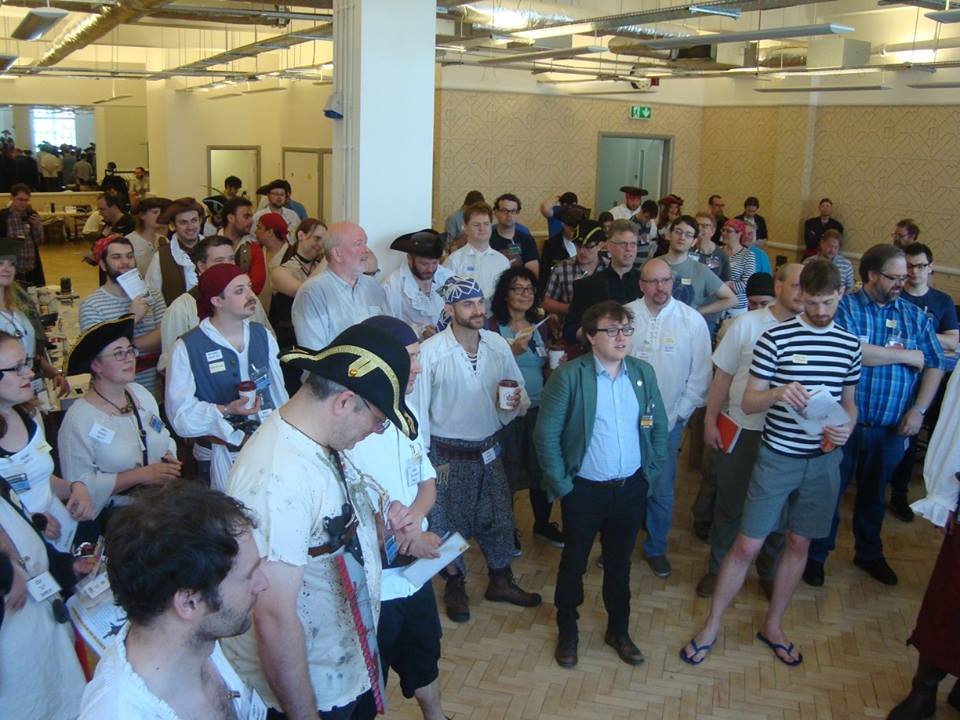Explaining megagames
Maybe you’ve seen the Shut Up and Sit Down video or BeckyBecky’s TikTok, perhaps your friends have been to a megagame and you thought it sounded like fun, or perhaps you found out about this niche of gaming elsewhere and would like to know more - in which case, read on!
Megagames are the union of boardgames and roleplaying games, usually played with 30 - 200 players, often with teams, ordinarily in-person. Some games may also feature elements more familiar to wargames and/or Live Action Role-Play (LARP).
There will be a group of people running the game (often called facilitators or control), who oversee the smooth running of the event and make sure players have a good time. These facilitators also help with freeform gameplay, so if a player comes up with an idea that’s not in the rules, they can still give it a try.
Megagames have covered a wide range of scenarios, from historical “what ifs” where everyone takes the role of a senior figure in the Roman Empire, 15th Century Japan, or the First World War, to sci-fi and fantasy which might include alien races and galactic conquest, cyberpunk dystopias, or trying to run a magical university with a faculty of wizards all arguing with the students’ union about whether to allow necromancy onto the syllabus!
Events often take place across a day, with everyone involved in the developing narrative and events that once started, are not usually paused, except for lunch. Costume is not mandatory but some people enjoy it (and look great!), and often there is a post-game debrief at a local venue over a drink/food, so you can find out who backstabbed who, and what was going on for the other side of the map.
In conclusion…
- Megagames are big events that mix lots of game types together
- They have people to help oversee the flow of the game and help players with things like freeform elements
- A megagame usually takes place over a day
- Costume is not mandatory
- The post-game debrief social is a fun part of the experience



